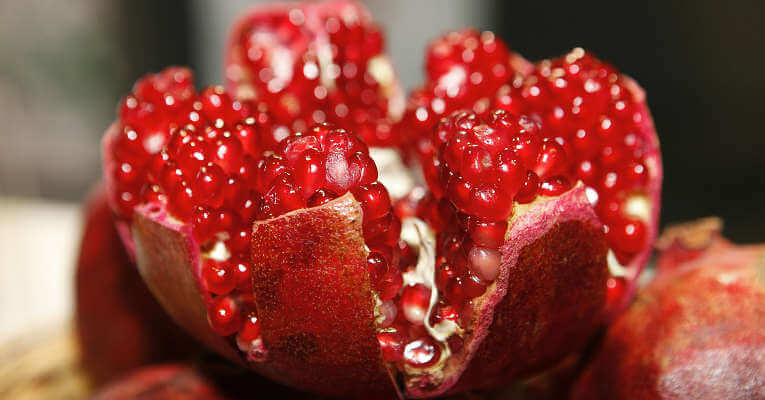You may have already tasted many delicious and unusual dishes.
However, you may find your tastebuds are still asking for something more.
If so, it is time to savour the most exotic fruit in the World.
On this page you will discover the most interesting fruit in the World with a detailed description that will make you want to jump on a plane to SE Asia, apply for an India e-visa or buy tickets to Mexico.
Most Exotic Fruit In The World
Jackfruit
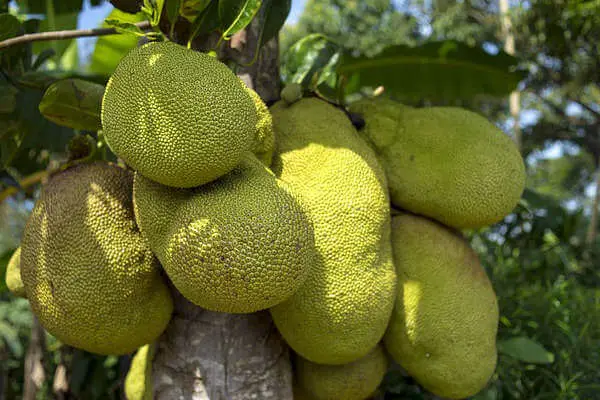
Jackfruit is one of the biggest fruits that grow on evergreen trees. They can reach a meter in length and weigh up to 34 kg.
The thick peel of the fruit has small protrusions of a conical form.
This fruit consists of a sweet fibrous pulp that is divided into big parts. Each part contains one seed that is 6 cm long.
Peeling a mature fruit is not a very nice job, because the skin of it smells rotten onions.
As well, jackfruit skin contains sticky latex, it is better to work with it in rubber gloves.
The tasty fruit has a short life, so it is no reasons to export this fruit. It will be spoiled. Jackfruit grows in Northern Brazil, Southeast Asia, the Philippines, Uganda, Kenya.
Passion Fruit
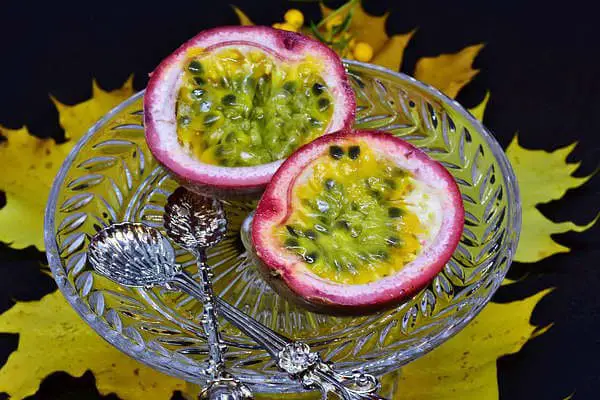
This tropical fruit is cultivated mostly in tropical areas: South and Central America, Australia, South Asia, New Zealand.
This fruit contains a tasty juice filled with many seeds.
Passion fruit can be used in a range of dishes, especially in desserts and soft drinks. Its juice is also used as an aromatic taste enhancer and added to other juices.
Passion fruit juice is very healthy and useful because it has a sedative effect. It is widely used in cosmetics and pharmaceuticals.
Durian

Durian is a big fruit, covered with big thorns. The interesting fact of this fruit is that it has a fantastic sweet flavor, but an extremely disgusting smell.
This smell is so unpleasant than taking it on board a plane or having this fruit in a hotel is forbidden.
You can enjoy Durian in various countries: Laos, India, the Filipinas, Indonesia, Vietnam, Thailand, and Cambodia.
Salak
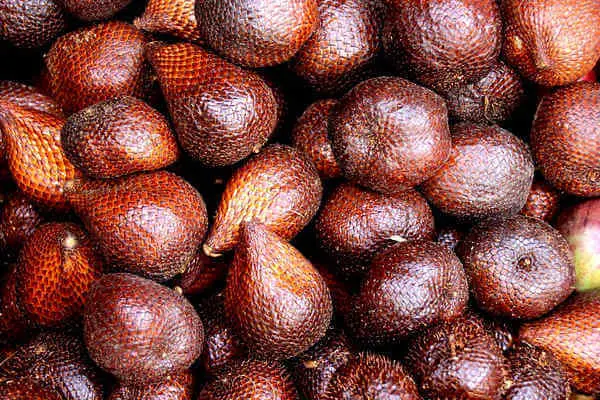
Salak is also called snake fruit because its skin resembles a snake. It grows on a palm. The flesh of the fruit is of beige-yellow color. It has a sweet and pleasant taste and aromatic smell.
The fruit can be eaten in a fresh variant, and also can be used for making salads and dried fruit drink. The place birth of snake fruit are the islands of Sumatra and Java.
Nowadays, it is possible to delight in Salak in many countries of South-East Asia.
Mamoncillo
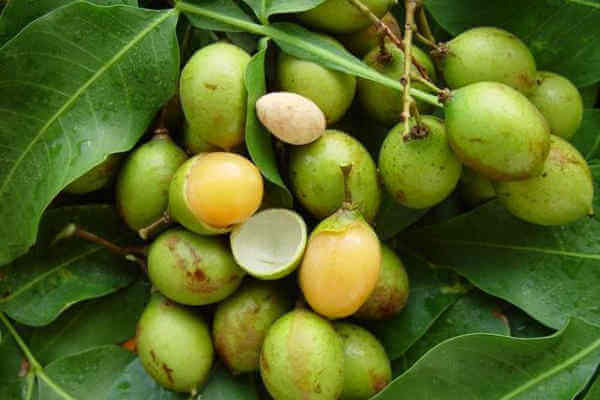
Mamoncillo is a fruit tree. It is also known as a Spanish lime. The birthplace of Mamoncillo is Venezuela, French Guiana, Suriname, Colombia, Haiti, and Guyana.
However, it is grown in other countries as well: Central America, Ecuador, the Antilles, and the Bahamas.
The fruits have a smooth thin crust of green color.
Inside the fruit, there is a jelly with a juicy flesh and two seeds. Mamoncillo has a great refreshing flavor, so it can be eaten without any additives.
It is also widely used in desserts and cocktails. It is recommended to eat this fruit immediately after picking because its shelf life is not very long. This fruit is also used in cosmetics. You can often buy some things with an aroma or adding Spanish lime.
Bail
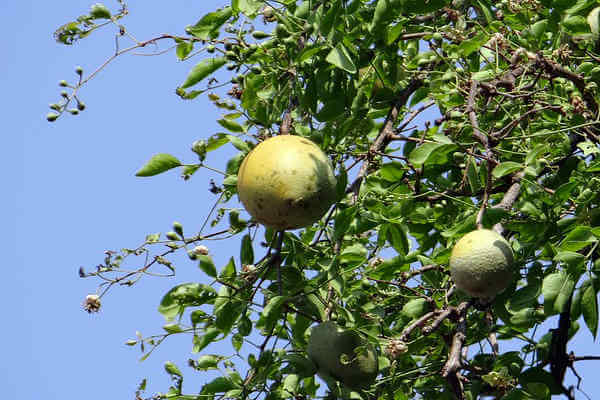
Bail is a fruit tree, also famous as a Stone Apple, or Marmalade. Its native land in India. The tree has a big round or pear-shaped fruits with a thin crust.
The color of this fruit is gray-green or yellowish. There is a pulp inside this fruit. The softness of bail has useful microelements that positively influence the digestive system and has anti-inflammatory features. It is possible to squeeze up to 6 liters of juice from one pulp of bail.
If you have a desire to taste this exotic fruit, open an India e-visa and your dream will come true.
Finger Citron
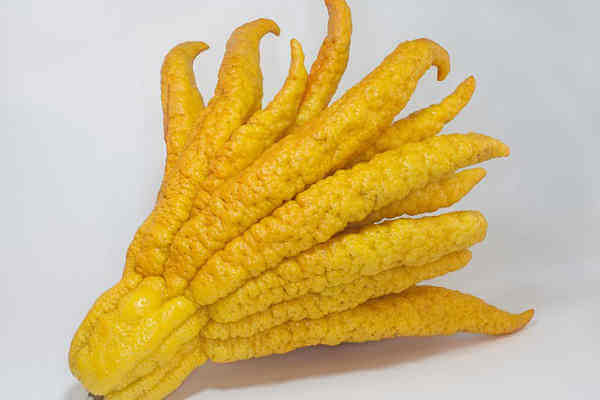
This kind of citron has the second name – Buddha’s hand. This fruit is very similar to a strange lemon that does not almost have a pulp.
The skin of finger citron is used for making candied fruit. As well the skin is useful in aromatization of clothes and rooms. If you want to taste such an interesting fruit, you need to go to China, India or Japan.
Kiwano
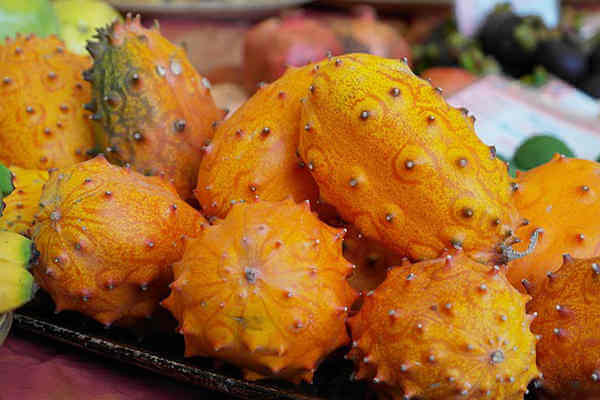
Kiwano is afruitthat also known as African cucumber or horned melon. It grows in Central America, California, Israel, New Zealand, but its birthplace in Africa.
In some areas of the Kalahari Desert, Kiwano is the only source of water. The flavor of kiwano is an average taste of cucumbers, bananas, and lemons.
Kiwano contains a lot of vitamin C and dietary fiber, so it is very useful for your health.
Rambutan
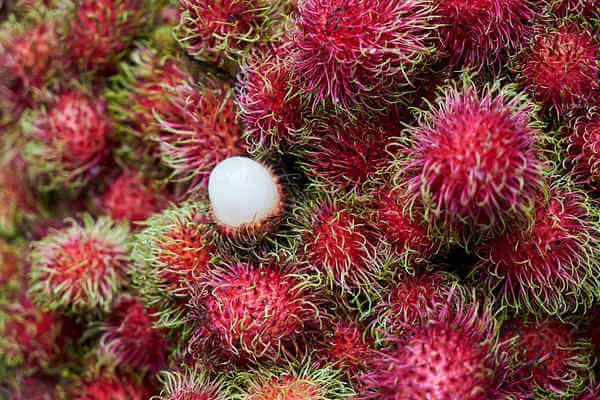
Rambutan is a tropical fruit and grows in Southeast Asia. It is round and covered with a dense crust, which is not difficult to peel. The flesh of this fruit is soft and jelly.
It is very aromatic, and the taste is like sweet grapes.
The fruits are eaten both preserved and fresh. They have many useful elements, including iron, vitamin C, phosphorus.
Seeds of this fruit are poisonous, but after roasting, you can use them. Seed oil is widely used for making candles and soap.
Pitaya
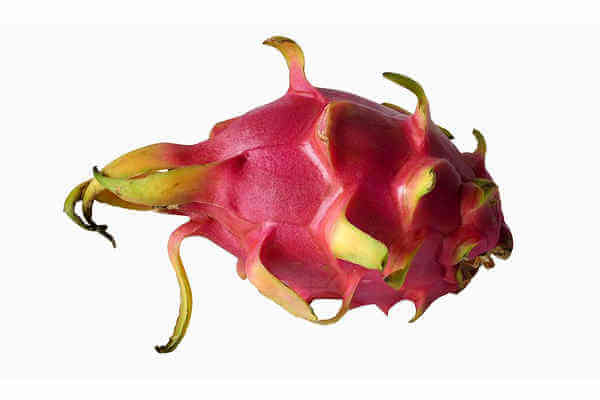
Pitaya fruit is an exotic cactus. There are many kinds of this fruit: yellow, white, red, yellow. A native land of these fruits in Mexico, but they are also grown in South America, China, Israel, Southeast Asia, and North America.
The taste of the food is similar to something between strawberries and pears. It is known that pitaya has anti-cancer peculiarities.
You can eat the fresh pulp. In addition, it is low in calories. It is better not to combine the pulp with other dishes.
Pitaya is also excellent for making juices. If you want to taste this fruit, welcome to Mexico.
